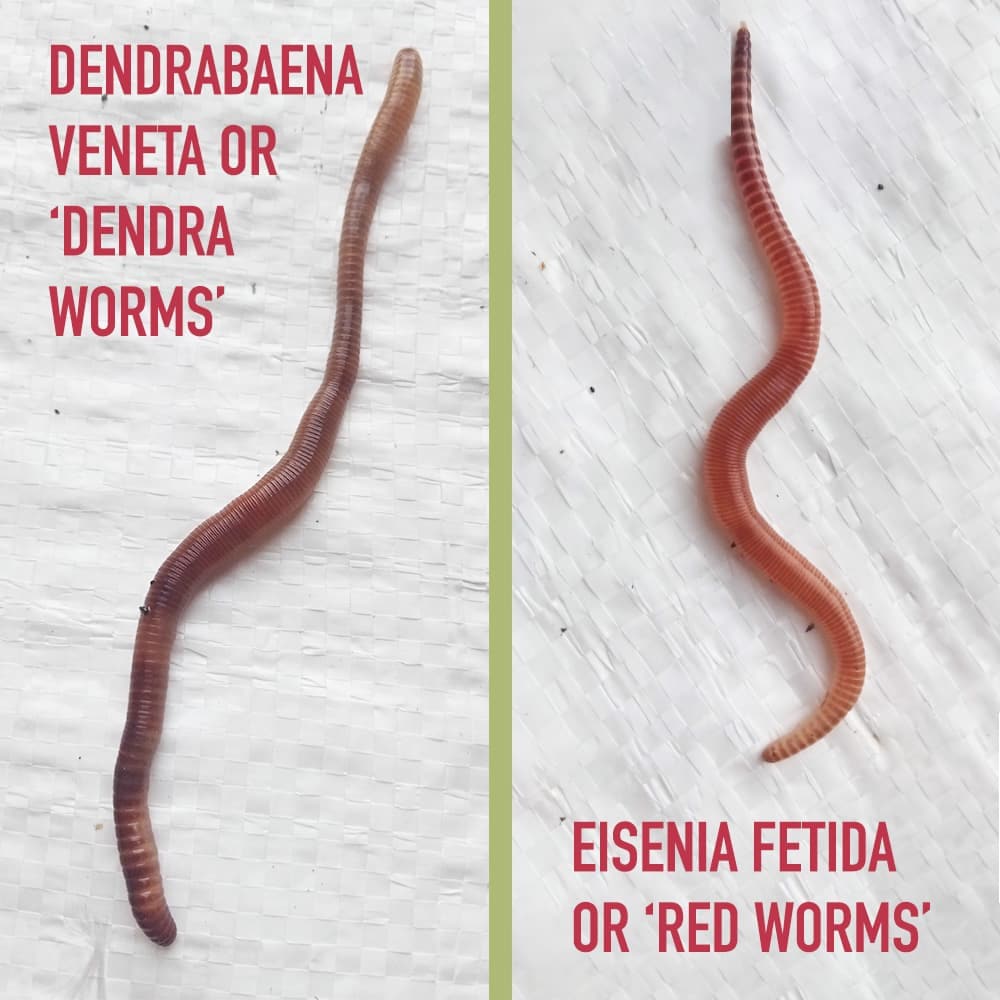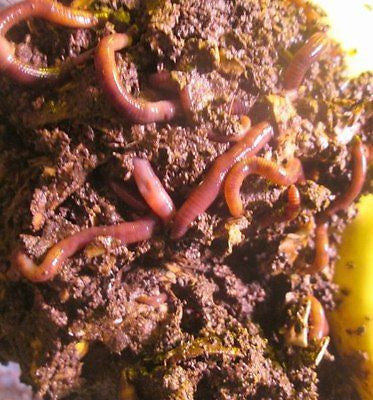The Buzz on Red Wiggler Express
The Buzz on Red Wiggler Express
Blog Article
Red Wiggler Express for Beginners
Table of ContentsSome Ideas on Red Wiggler Express You Should KnowMore About Red Wiggler ExpressSome Of Red Wiggler ExpressRed Wiggler Express for Dummies
With the international press for sustainability and with environment-friendly practices growing in appeal, people are ultimately coming about and acknowledging the environmental benefits of red wiggler worms and composting. In this post, we'll review exactly how vermicomposting supports lasting gardening and the ecological benefits of red wigglers and various other earthworms.
This is the except it. If you wish to read comprehensive regarding red wiggles, we have an entire article devoted to them here. Now, allow's enter into the fundamentals of how these worms support lasting gardening methods and benefit the setting: Worm composting resembles a health facility day for your soil.
When integrated into your yard soil, these spreadings improve its framework, aeration, and water retention. This aids with plant growth and wellness and does not require the usage of any type of chemicals. Did you recognize that organic waste makes up a considerable portion of landfill product?
By diverting your kitchen area scraps and backyard waste right into a worm composting bin, you're efficiently lowering the quantity of organic waste that finishes up in land fills. It's a win-win scenario for your garden and the world. Forget concerning chemical fertilizers worm spreadings are the genuine bargain. They're chock-full of crucial nutrients like nitrogen, phosphorus, and potassium.
Little Known Questions About Red Wiggler Express.

Keep the container in an awesome, unethical area to stop overheating. Mix the nutrient-rich worm spreadings into your yard soil or utilize them as a top clothing for potted plants. You'll see much healthier, happier plants quickly! It actually is as basic as that. In a globe where sustainability is ending up being progressively important, red wigglers shine as unhonored heroes of horticulture.
Composting may seem like old information, however doing it with a container full of worms probably does not. Red wiggler worms provide terrific advantages to the organic garden enthusiast, producing both an all-natural plant food and a reliable pesticide. And they consume your kitchen area scraps. The value of red wigglers, a.k (Worm Farms United States).a. Eisenia fetida, hinges on their waste matter, referred to as worm spreadings.
Worm castings may be acquired at stores such as SBS in Winery Haven or Winery Gardens in West Tisbury, however to raise the worms in a compost bed and harvest your very own spreadings is a lot more fun. The job of these worms is an aspect of sustainable living. Red wigglers are indigenous to horse manure, where they delve to lay eggs.
Fascination About Red Wiggler Express
(https://www.facebook-list.com/Red-Wiggler-Express_402806.html)He covers the container with straw, after that an item of old rug. Lynn explains the production of castings and 2 usages: as a plant food and as a pesticide. It passes via them and adds calcium to make this abundant planet," she claims.
"We call it gold tea," states Lynn. "I did it to see if it would make a difference on white flies and aphids. My rosemary had a mold and mildew or fungi. After I sprayed, immediately it looked better." The red wiggler is a vast dog breeder, laying eggs as often as when a week.
It takes three to 5 months for a baby worm to get to sexual maturation and the adult length of three inches. Their life span is 4 to five years unless certainly they are made use of for bait. As freshwater fish lure, wigglers squirm responsible and make it through undersea longer than conventional earthworms.

As one of the Epigeic course of compost worms, the normally does not show up in soils. The worm is red or reddish-brown in color and has a smooth, round form.
A red wiggler worm can mature to four inches in length but is usually just concerning two and a half inches. The worm has a little mouth situated at the front of its head. It also has tiny bristles, called setae, which assist the worm step and support itself to surface areas.

Report this page